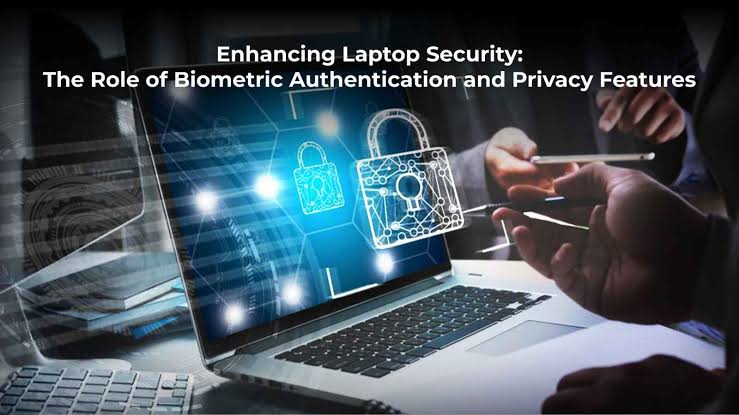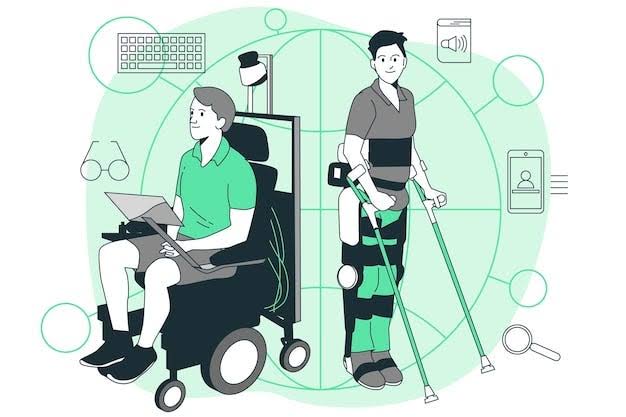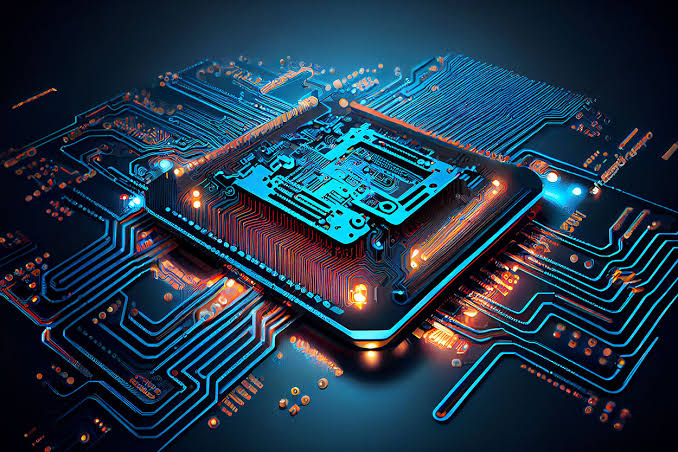Security in the digital age has grown more complex as cyber threats and physical breaches continue to evolve. Traditional systems like passwords, PINs, or security tokens are no longer sufficient to guarantee safety, as they can be stolen, guessed, or shared. Biometric technology has emerged as one of the most reliable and effective ways to strengthen security measures. By using unique human traits such as fingerprints, facial recognition, voice patterns, or iris scans, biometrics adds a layer of personalization and authenticity that is difficult to replicate.
Understanding Biometric Technology
Biometric technology relies on measurable biological or behavioral characteristics to identify or verify individuals. Unlike passwords or ID cards, these traits cannot be easily duplicated or forgotten, making them ideal for authentication.
Common types of biometric authentication include:
- Fingerprint recognition
- Facial recognition
- Iris or retina scanning
- Voice recognition
- Palm vein scanning
- Behavioral biometrics such as typing patterns
Each of these methods ensures that access is tied directly to the individual, reducing the risks of impersonation or identity theft.
Stronger Authentication and Access Control
One of the primary benefits of biometric technology is the ability to provide stronger authentication than traditional methods. A fingerprint or facial scan cannot be borrowed or written down like a password. This makes it much more secure for applications in both digital platforms and physical access control.
For businesses, biometric systems are used to secure restricted areas, data centers, and confidential files. Employees can access these spaces only through biometric verification, ensuring that unauthorized personnel cannot gain entry.
Reducing Fraud and Identity Theft
Biometric systems are highly effective in reducing fraud. In banking, for example, fingerprint or facial recognition is increasingly being used to authorize transactions. This reduces the possibility of stolen cards or compromised passwords being used by cybercriminals.
Similarly, mobile payment systems that use biometric authentication offer customers safer ways to complete purchases. By tying financial transactions to unique human features, the chances of fraudulent activity are greatly minimized.
Enhancing Workplace Security
In workplaces, biometrics not only protect physical spaces but also improve employee accountability. Time and attendance systems powered by biometrics prevent practices such as buddy punching, where one employee clocks in for another.
This ensures greater accuracy in tracking work hours while simultaneously improving security. Employees cannot share their biometric information, which makes attendance systems more reliable.
Convenience Combined with Security
One reason biometrics has become widely adopted is its ability to combine strong security with user convenience. Instead of remembering complex passwords or carrying multiple ID cards, users can simply scan their fingerprint or face to gain access.
This convenience speeds up authentication processes without compromising safety. For businesses and individuals, this creates a seamless balance between security and efficiency.
Integration with Everyday Devices
Modern smartphones and laptops now integrate biometric technology into their operating systems. Fingerprint sensors and facial recognition features are standard in many devices, allowing users to secure personal data, apps, and accounts more effectively.
This widespread adoption has normalized biometric usage, making people more comfortable with the technology in both personal and professional settings. It also shows how biometrics is becoming a part of everyday digital security.
Multi-Factor Authentication with Biometrics
Biometrics is also being used alongside traditional methods in multi-factor authentication (MFA). For example, accessing a bank account may require both a password and a fingerprint scan. This layered approach significantly improves security, making it extremely difficult for attackers to bypass all verification steps.
Businesses are increasingly adopting MFA systems that combine biometrics with other measures, giving them a stronger defense against security breaches.
Protecting Sensitive Data and Healthcare Systems
Biometric technology has proven especially valuable in industries where data sensitivity is critical. In healthcare, for instance, patient records are protected with biometric systems to prevent unauthorized access. Hospitals use biometric authentication to ensure that only qualified staff can access sensitive files or administer treatments.
This reduces medical fraud and helps protect patient privacy. It also enhances safety in environments where accurate identification is vital.
Challenges and Considerations
While biometrics offers strong security benefits, there are challenges to consider. Data privacy is a major concern, as biometric data, if stolen, cannot be changed like a password. This means organizations must store and manage biometric information with strong encryption and strict security measures.
Additionally, biometric systems must be designed to handle false positives and negatives effectively. Poorly calibrated systems could either deny access to legitimate users or grant entry to imposters. As technology evolves, these issues are gradually being addressed with more advanced algorithms and higher accuracy rates.
Future of Biometrics in Security
Biometric technology continues to evolve rapidly. Emerging trends such as behavioral biometrics, which analyze unique patterns like keystrokes or walking styles, are adding new layers of authentication. Integration with artificial intelligence is also making biometric systems smarter, faster, and more adaptive to changing security needs.
As cyber threats become more sophisticated, biometric technology will play an even more central role in digital and physical security strategies. With its combination of personalization, convenience, and effectiveness, it is becoming one of the most trusted solutions for organizations and individuals alike.
Conclusion
Biometric technology enhances security measures effectively by providing stronger authentication, reducing fraud, and protecting sensitive data. It balances convenience with reliability, making it easier for individuals and businesses to secure digital platforms, financial systems, and physical spaces. While challenges like privacy concerns must be addressed, the growing adoption of biometrics shows that it is shaping the future of security.




Biometric tech are the most ideal for identification and it’s impossible to impersonate